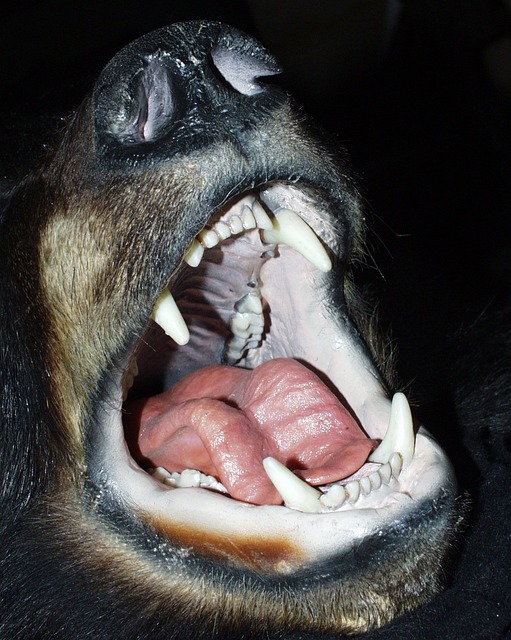bicho de pe foto 🌹 Bicho de Pé: A New Perspective on an Old Challenge

Bicho de Pé: A New Perspective on an Old Challenge
In a world where health issues often dominate the headlines, there is a lesser-known yet significant concern that affects populations in various regions, particularly in tropical and subtropical areas. This concern is the bicho de pé, a parasitic condition caused by the larvae of the Tunga penetrans, a small flea that burrows into the skin, typically found on the feet. While the implications of this condition can be alarming, a fresh wave of optimism is emerging as communities and health organizations unite to combat this age-old challenge, turning the tide in favor of prevention and treatment.bicho de pe foto

Traditionally, the bicho de pé has been viewed through the lens of discomfort and social stigma. The sight of affected individuals, often marginalized and struggling with the physical and emotional burden of the parasite, has sparked a mix of compassion and concern. However, as awareness grows and educational campaigns proliferate, a narrative of resilience and empowerment is taking center stage. Communities are no longer passive victims of this condition; they are becoming active participants in the fight against it.bicho de pe foto
At the heart of this movement is a shift in perception. Rather than viewing bicho de pé solely as a public health issue, it is increasingly being recognized as a symptom of broader socio-economic challenges. The prevalence of the parasite often correlates with poverty, lack of access to healthcare, and inadequate living conditions. By addressing these root causes, health organizations are not just treating the symptoms but are also working to elevate the overall quality of life for affected communities.
Educational initiatives play a crucial role in this transformative process. Local health workers are being trained to recognize the early signs of bicho de pé, facilitating timely intervention and prevention strategies. Workshops are being conducted to inform community members about the importance of hygiene, footwear, and environmental sanitation. This proactive approach is fostering a culture of awareness that empowers individuals to take charge of their health.bicho de pe foto

Moreover, the role of technology in this battle cannot be overlooked. Social media platforms and mobile applications are being harnessed to disseminate information rapidly and effectively. Communities are sharing their stories and experiences, creating a network of support that transcends geographic boundaries. This digital revolution is not only raising awareness but also fostering a sense of solidarity among those affected by bicho de pé.
The impact of these initiatives is evident in the changing attitudes towards the condition. No longer shrouded in shame, individuals are beginning to speak out about their experiences. This newfound openness is crucial in dismantling the stigma that has long been associated with bicho de pé. As more people share their journeys, it becomes clear that this is not merely a personal struggle but a collective challenge that demands a unified response.bicho de pe foto
Furthermore, collaboration between governmental bodies, non-governmental organizations, and local communities is proving to be a powerful catalyst for change. By pooling resources and expertise, these stakeholders are developing comprehensive strategies that address both the immediate needs of affected individuals and the systemic issues that allow bicho de pé to thrive. This multi-faceted approach is not only effective but also sustainable, as it builds local capacity and resilience.
As we look to the future, it is essential to maintain this momentum. The optimism surrounding the fight against bicho de pé is palpable, but it requires ongoing commitment and resources. Continued investment in health education, community engagement, and research will be vital in ensuring that progress is not only sustained but also expanded.
In conclusion, the narrative surrounding bicho de pé is evolving from one of despair to one of hope. The collaborative efforts of communities, health organizations, and technology are paving the way for a brighter future. By addressing the root causes and fostering a culture of awareness and empowerment, we can envision a world where bicho de pé is no longer a widespread concern but a challenge that has been successfully overcome. Together, we are not just treating a condition; we are transforming lives and building healthier, more resilient communities.bicho de pe foto
Fale conosco. Envie dúvidas, críticas ou sugestões para a nossa equipe através dos contatos abaixo:
Telefone: 0086-10-8805-0795
Email: portuguese@9099.com


